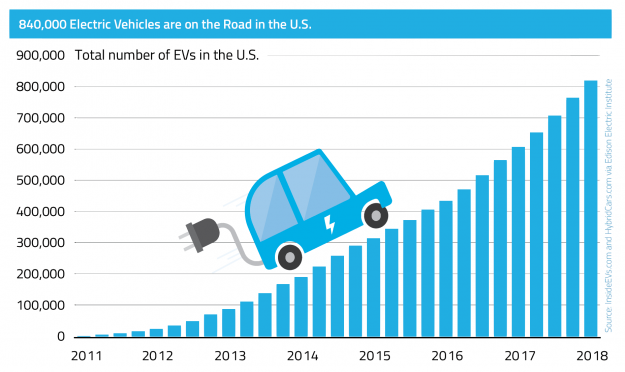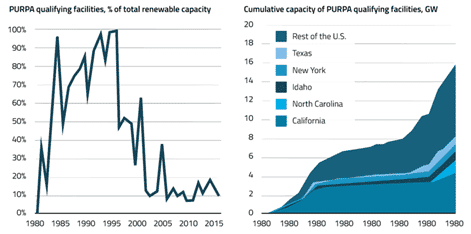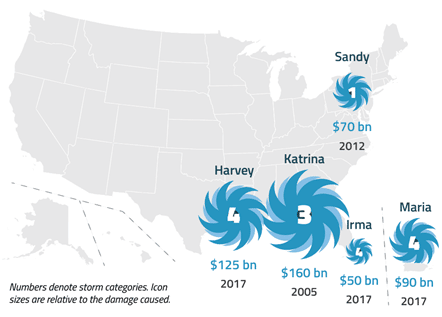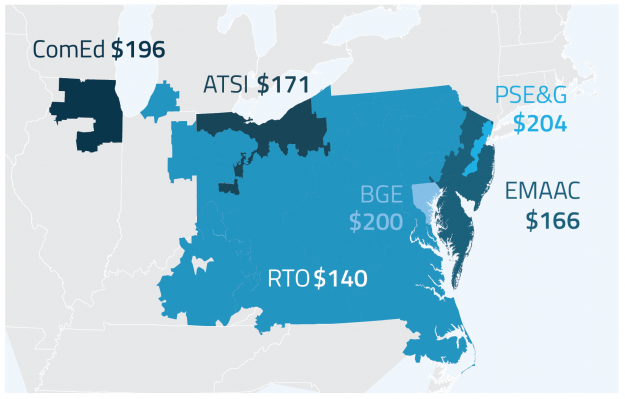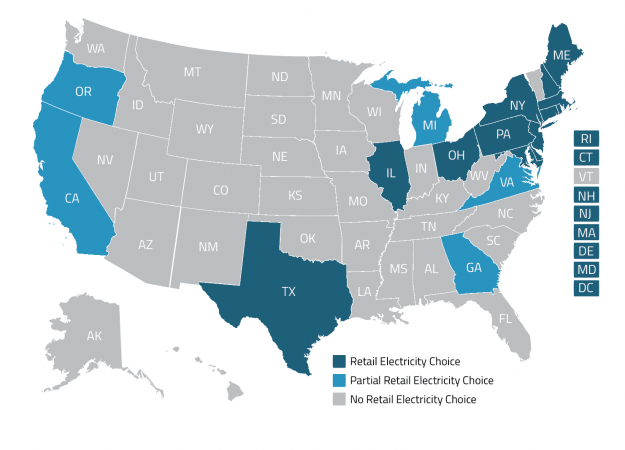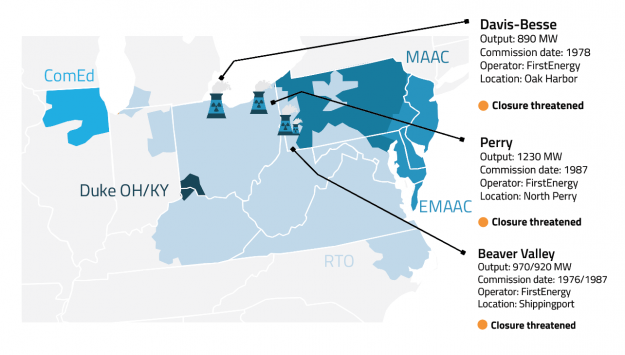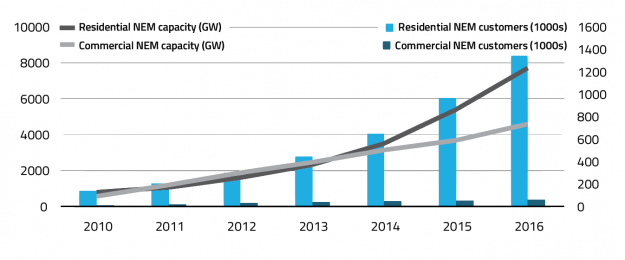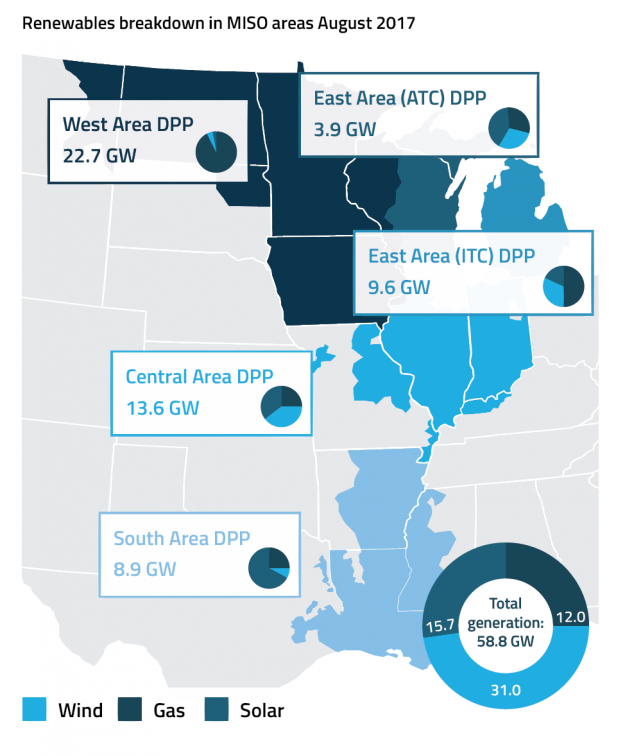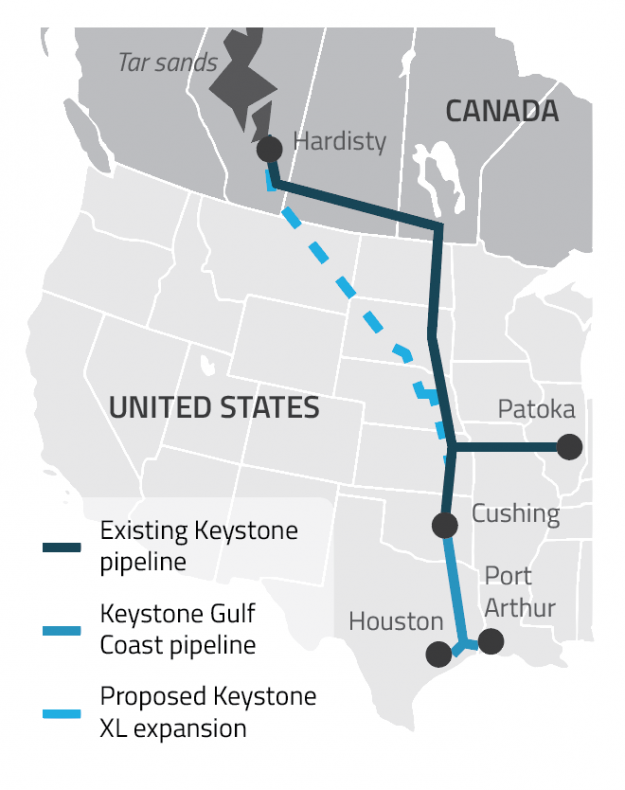EnerKnol’s Visual Primer – Smart Charging Boosts Role of Electric Vehicles in Balancing Evolving Power Grid
The smart grid evolution has unleashed opportunities for electric vehicles thanks to technologies that allow them to feed power back into the grid. Utilities and grid regulators are eyeing plug-ins as a flexible resource class helping address the intermittency of renewables and reduce peak power demand.
